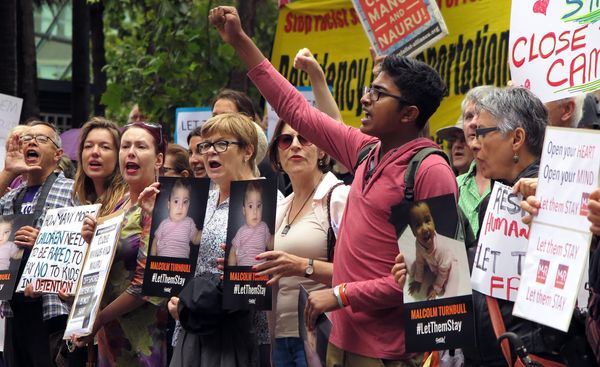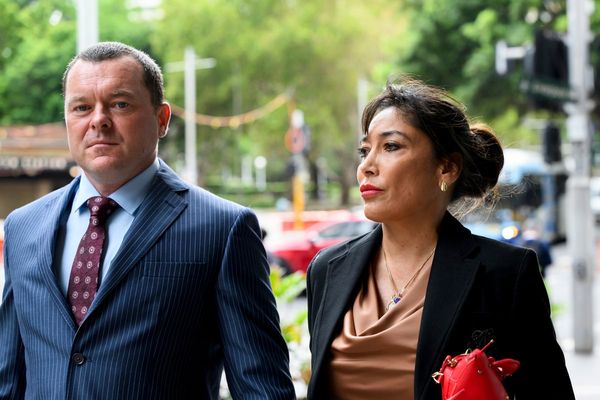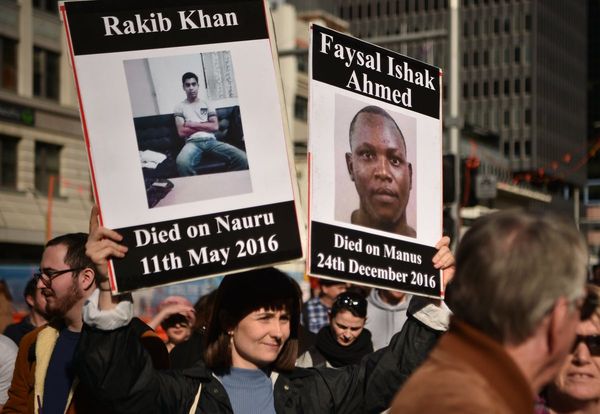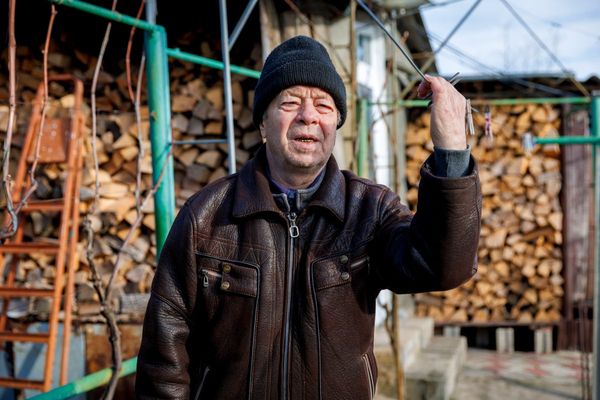
It began in 1980 as a Māori critique of midwifery training in New Zealand. But now concerns about cultural safety are widespread, most recently regarding the troubling allegations of racism at the Hawthorn Football Club.
“While the process indicated the current environment at the club is culturally safe,” read Hawthorn’s statement in the wake of the allegations, “it also recommended that some of the club’s current First Nations training and development programs should continue to be strengthened.”
The AFL’s statement on the issue noted similarly, “the AFL will liaise with the parties to ensure appropriate support and cultural safety are in place in accordance with the wishes of those involved”.
What is cultural safety? In short, it’s a response to racism that aligns with widely accepted views about the social determinants of health and seeks to avoid the problems with past attempts to address it. The idea is that racism harms First Nations peoples by denying them access to the social, educational, fiscal and community supports that evidence shows lead to better health.
But for those supports to benefit Indigenous peoples, they must not only avoid the pitfalls of past attempts to address racism — such as blaming, othering and stereotyping victims — but actively question power and support culture in a way that builds self-efficacy and esteem.
This is well and good — laudable in fact. My concern is with labelling the objective of this approach as the achievement of “safety”. Why? Because when it fails, those injured are seen as “unsafe”, a framing I worry can be infantalising and disempowering, stymying the confidence and resilience those compelled to fight oppression need to eventually achieve justice for others and themselves.
The opposite of safety is danger, a word that traditionally evokes images of imminent physical risk from which rescue is required. While this may be an accurate description of how some people experience the denial of social justice, it doesn’t describe mine. When I encounter structural sexism, I don’t feel imperilled, but slighted, disregarded, disrespected and unjustly treated. Far from requiring rescue, or wanting to use words that suggest I need rescuing, I feel indignation and outrage, and believe the best way to help my cause is to express that. This increases the odds I’ll be seen as a cheated rights holder, rather than being pitied as a victim.
More than this, I’m careful to ensure I’m not overwhelmed by negative feelings, and that the ones I allow myself energise me for the fight ahead. This is the philosophy of sticks and stones taught to me as a child, which, while no longer in fashion (we now know words can be hurtful), still resonates as a healthy and necessary mantra. Especially for someone who’s going to be experiencing oppression for a lifetime; someone who, if they want to make things different for their children and grandchildren, will need management techniques for debilitating emotions like grief and fear.
The First Nations families whose stories were at the centre of the ABC’s reporting of racism at Hawthorn may decline to tell their stories to the panel convened to investigate. Reporting suggested they had “serious reservations” about retelling stories that were “traumatising”. This was a change from previous expressions by players and their partners to use their stories to obtain accountability for the injustice they’d experienced and to “save … others going through” what they had.
Is this the negative impact of safety culture at work? Clearly, there’s not enough information in this one incident to say. But woven together with other incidents of this type, both here and overseas, it suggests the possibility that the language of safety culture, however well intended, may be undermining the mental health of young members of minority communities and sapping their will to resist.
Fighting for social justice is a hard slog. No one should be judged for declining to walk that path. But to encourage those who do fight, we need to choose language that supports their resilience, so they can retain the anger, insult and righteous indignation they need to tell their stories and demand justice again and again.







